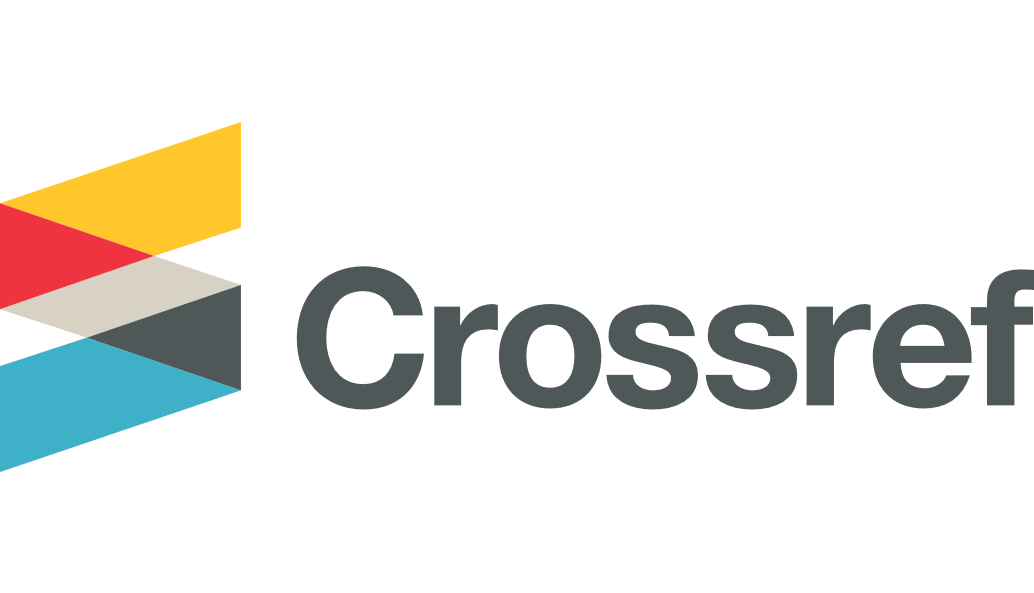Author ORCID Identifier
Kyle B. Smith 0000-0003-4572-1293
Christopher Kiefer 0000-0002-7789-2276
Erica Shaver 0000-0001-6632-2377
Kimberly Quedado 0000-0003-4512-8828
Thomas C. Marshall 0000-0001-6373-3269
Jerome Kerwin 0000-0003-3912-9621
Christopher Goode 0000-0002-7148-4255
Keywords
RVU, APP, Resident, Direct Cost Analysis
Disciplines
Medicine and Health Sciences
Abstract
Introduction
Resident physicians and advanced practice providers (APPs) both have roles in providing care within emergency departments (ED). While both bring unique skill sets and capabilities to the health care team, little is known about the comparative financial impact of APPs and residents in a community ED. The objective of this study was to compare direct staffing costs per relative value unit (RVU) generated of emergency medicine (EM) residents and APPs in a community ED setting.
Methods
This was a retrospective, observational analysis of RVU productivity of resident physicians and APPs in the high acuity area of a community ED. Billing data was acquired to determine RVUs generated by both APPs and residents when supervised by an attending physician. Direct costs and hours worked were used to calculate RVUs/hour and direct costs/hour. Direct cost/RVU generated were calculated for the four specific groups of providers (PGY1, PGY2, PGY3, and APP).
Results
During the study period, APPs generated 2.88 RVUs/hour. Residents generated 2.01, 3.00, and 3.49 RVUs/hour respectively from PGY1 to PGY3. When the RVU data was combined with scheduled hours and direct costs for both groups, APPs were found to cost $22.46 per RVU generated. The average cost of a resident throughout three years of residency training is approximately $12.38 per RVU generated.
Conclusion
In a high acuity area of a community ED, EM residents generate more RVUs/hour than APPs after completion of their PGY1 year. Given the lower direct hourly cost of a resident compared with an APP, the direct cost of a resident to assist an attending to generate RVUs is less than that of their APP counterparts during all three years of training. This suggests that community hospitals should consider sponsoring EM residency positions over hiring APPs for use in the high acuity setting.
Recommended Citation
Smith KB, Kiefer C, Shaver E,
et al.
Comparison of Direct Staffing Costs of Advanced Practice Providers and Residents in a High Acuity Area of a Community Emergency Department.
Marshall J Med.
2021;
7(2): 39
DOI: https://doi.org/10.33470/2379-9536.1318.


